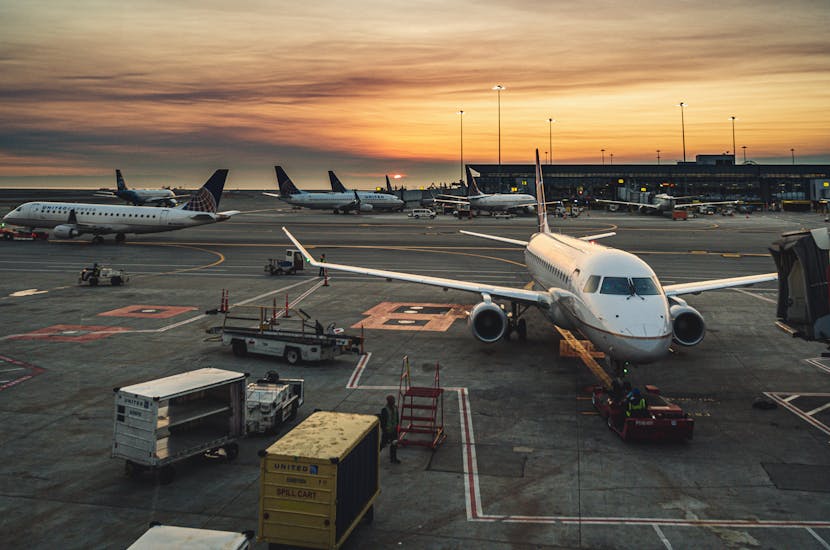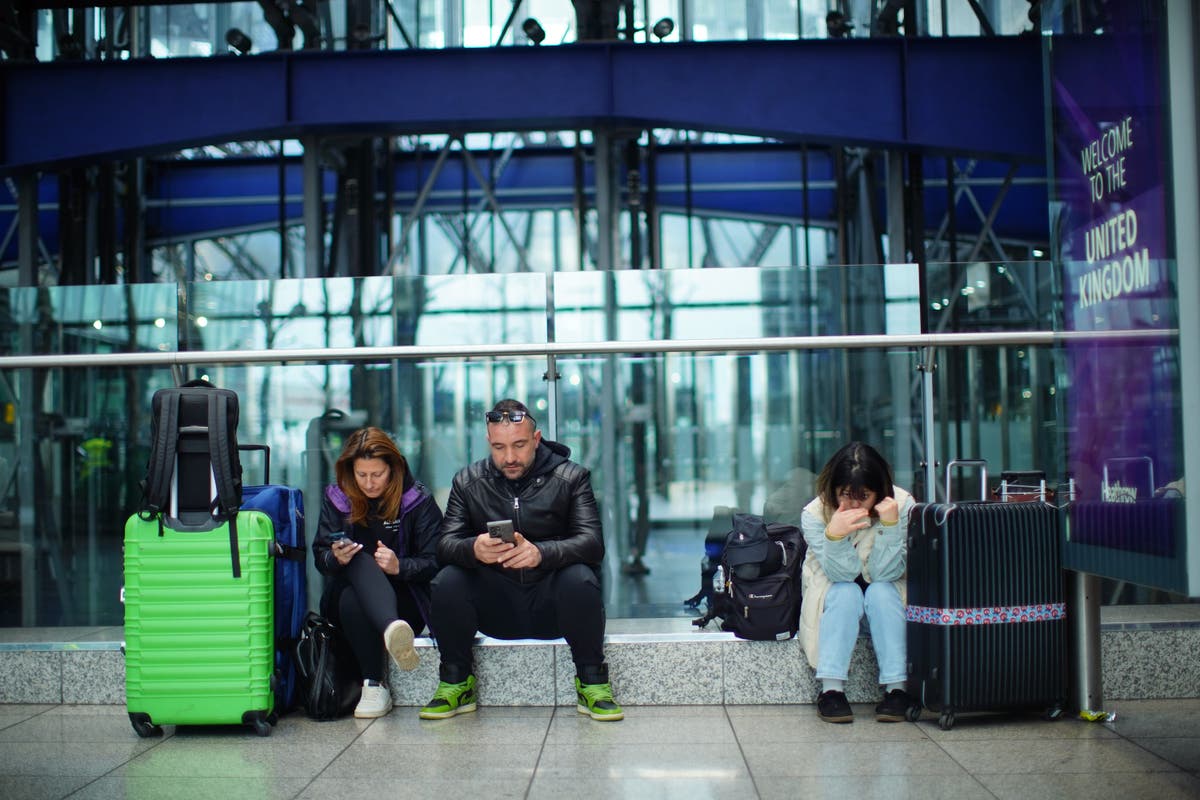Manuela Barrios has performed flamenco around the world. Here are her favourite spots in Seville to see the spectacle, from casual nights at La Carbonería to the cabaret shows of Tablao Las Setas. Seville , the capital of Spain's Andalusia region, is known for its tiled Moorish architecture, colourful 19th-Century facades and the thousands of fragrant orange trees lining its streets.
This romantic city is also often called the "birthplace of flamenco". Flamenco is characterised by rhythmic dancing accompanied by guita r , singing or poetry, hand clapping and finger snapping. It has a mournful folk quality and is ruled by duende, an expressive emotion which most closely translates to "spirit" or "soul".

Many scholars trace flamenco's origin to Triana, a neighbourhood on the banks of the Guadalquivir River. The area was historically home to Seville's Roma (Gypsy) minority who migrated to Spain from India in the Middle Ages, bringing along instruments like tambourines and castanets. Because the dance was connected with the marginalised Roma and working-class and minority communities like the Moors, it was looked down upon by Spanish elites.
But today, tourism and modernisation have changed this perception drastically, and flamenco has become popularised as a quintessential symbol of Andalusia and Spain. We spoke to Manuela Barrios, a Seville-based professional flamenco dancer, to find the city's best flamenco experiences. "We have the best flamenco artists in the world here in.
























